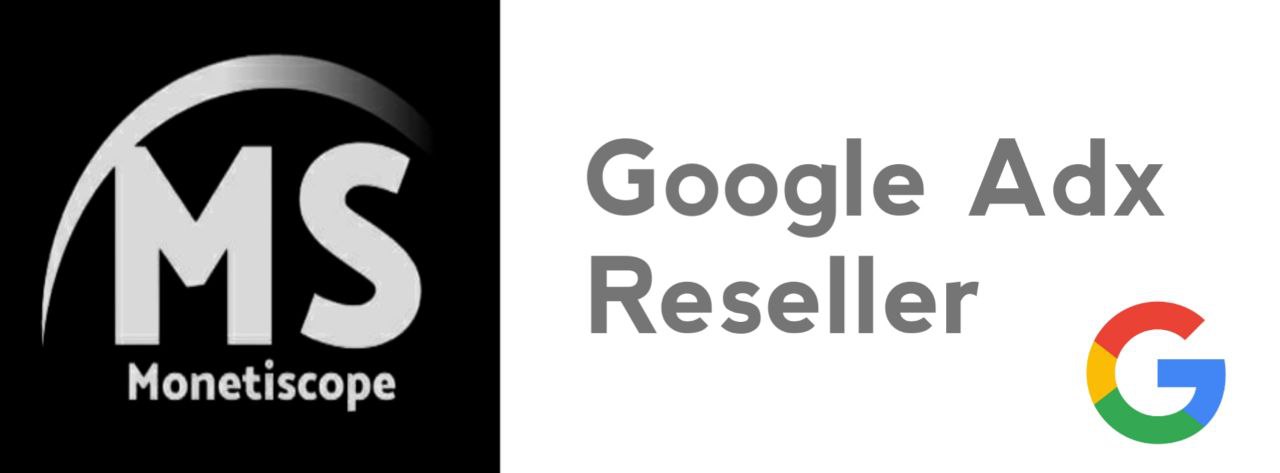Discover the benefits of the Codeless Ad Unit in Google Ad Manager, simplifying ad implementation without new GPT tags. Learn features and best practices.
Google Ad Manager continuously evolves to make ad implementation easier for publishers. One of the latest innovations is the introduction of codeless ad units. This feature allows publishers to implement ad units with certain web formats, such as anchor or web interstitial, without adding new GPT (Google Publisher Tag) tags to their pages. In this article, we’ll delve into the features, benefits, and best practices of codeless ad units.
Understanding Codeless Ad Unit in Google Ad Manager
Codeless ad units simplify the process of adding advertisements to your website. Instead of manually inserting GPT tags for each ad unit, you can use codeless ad units to manage ads more efficiently. This can be particularly useful for formats like anchor ads or web interstitials.
Features of Codeless Ad Unit
1. Simplified Implementation: With codeless ad units, you can implement ads without adding new GPT tags. This reduces the complexity and potential errors associated with manual tag insertion.
2. Optimal Experience Recommendations:
– Use only one codeless ad unit targeting per page.
– Use either a GPT tag or a codeless ad unit, but not both for the same request.
– Avoid targeting pages with both a codeless ad unit and a format experiment.
– Tag pages normally if you need ad unit-level key values, as codeless ad units do not support these.
How to Create Codeless Ad Unit
To create a codeless ad unit, follow these steps:
1. Confirm Live Ad Unit: Ensure that your page has a live ad unit before proceeding.
2. Create Ad Units:
– Create ad units for anchors or web interstitials.
– Save your ad units.
3. Enable Codeless Ad Unit:
– Open the ad unit and click the Codeless tab.
– Turn on the toggle for “Enable codeless ad unit”.
4. Select Format:
– Choose the formats you want to implement.
– For anchors, choose their position on the page (top, bottom, left, or right).
5. Targeting:
– (Optional) Select where you want the format to appear. If no selections are made, the format can appear on all inventory with a GPT tag.
6. Line Item Inclusion:
– Create or open an existing line item and ensure the ad unit is included in the targeted inventory.
7. Save Settings:
– Click Save to finalize your settings.
Benefits of Codeless Ad Units in Google Ad Manager
1. Time Efficiency: Reduces the time spent on manual ad tag implementation.
2. Flexibility: Allows for quick adjustments and testing of different ad formats without extensive coding.
3. Reduced Errors: Minimizes the risk of errors associated with manual tag insertion.
4. Improved Performance: Ensures a smoother ad experience by respecting frequency caps and other settings.
Best Practices for Codeless Ad Units in Google Ad Manager
1. Single Targeting Per Page: Use only one codeless ad unit targeting per page to avoid conflicts.
2. Avoid Duplicate Requests: Use either a GPT tag or a codeless ad unit for a request, but not both.
3. No Format Experiment Conflicts: Ensure pages are not targeted by both a codeless ad unit and a format experiment.
4. Key Value Considerations: Tag pages normally if ad unit-level key values are required.
How to Optimize Codeless Ad Units in Google Ad Manager
1. Monitor Performance: Regularly review the performance of your codeless ad units to make necessary adjustments.
2. Experiment with Formats: Test different formats and positions to see what works best for your audience.
3. Collaborate with Monetiscope: Work with Monetiscope’s support team to optimize your codeless ad units for maximum revenue.
By leveraging codeless ad units, you can streamline your ad implementation process and optimize ad performance on your website. For more personalized assistance, Monetiscope is here to help you navigate and maximize the potential of your ad inventory.
FAQs
What are codeless ad unit in Google Ad Manager?
Codeless ad units allow you to implement ads without adding new GPT tags, simplifying the ad setup process.
How do I create a codeless ad unit?
Create the ad unit in Ad Manager, enable the codeless feature, select your formats and targeting, and save your settings.
Can I use GPT tags and codeless ad units together?
No, it’s recommended to use either GPT tags or codeless ad units, but not both for the same request.
What formats are supported by codeless ad units?
Codeless ad units support formats like anchor ads and web interstitials.
How can I target specific pages with codeless ad units?
You can select targeting options during the setup process to specify where the ad formats should appear.
Do codeless ad units support ad unit-level key values?
No, codeless ad units do not support ad unit-level key values. Tag your pages normally if these are needed.
What should I do if my page is targeted by a format experiment?
Avoid using codeless ad units on pages targeted by format experiments to prevent conflicts.
How does Monetiscope help with codeless ad units?
Monetiscope provides support and optimization services to ensure your codeless ad units perform effectively.
Can I position anchor ads anywhere on the page?
Yes, anchor ads can be positioned at the top, bottom, left, or right of the page.
How do I ensure frequency caps are respected for interstitials?
Google Ad Manager automatically respects interstitial frequency caps for codeless ad units.


